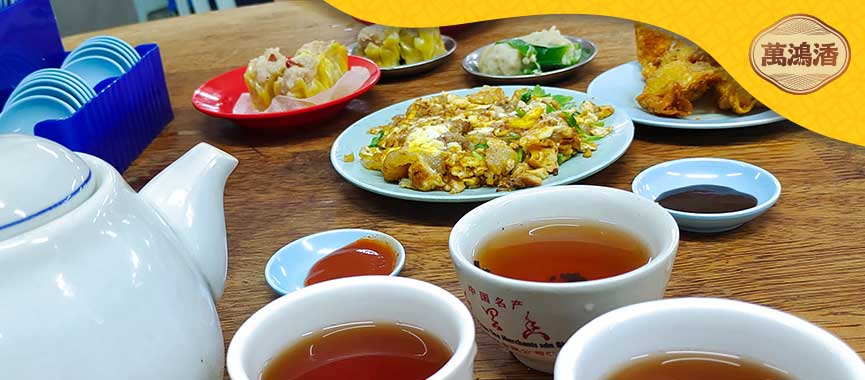6 Facts about Dim Sum You Didn’t Know About
Dim sum has quickly become a favorite treat among Malaysians of all cultures usually enjoyed alongside meals.
They come in many types with either sweet or savory fillings made into dumplings, rolls, or buns that are steamed, fried, or baked.
But how well do we really know about these popular bite-sized parcels of goodness?
Let’s get to know the facts about dim sum.
The History of Dim Sum
Dim sum is widely agreed to originate from teahouses within the Silk Road in China thousands of years ago.
They were served as the perfect snack with tea for travelers passing through the trade route while they rested.
Soon after, the dim sum tradition made its way to Southern China in the Guangdong province which became the well-known dim sum we are accustomed to today.
It was then that dim sum was created into a variety of different types and fillings, all thanks to the Cantonese locals.
During the late 19th century, dim sum was brought over to the US by immigrants from Guangdong and is now a widely enjoyed treat for everyone.
Dim Sum is Traditionally Served With Tea
The tradition of drinking tea, or yum cha began 2 thousand years ago from the Chinese tribes who lived on the Indian border.
It later became a tradition among the traders and travelers along the Silk Road which they often frequented.
Along with this tradition, a popular treat enjoyed with yum cha was the famed dim sum for its bite-sized convenience and delicious fillings.

Originally Served for Breakfast
In the Guangdong province, dim sum was a staple breakfast for its high calories so people could work throughout the day.
It was also common for dim sum restaurants in China to open as early as 5 am and close at noon.
This morning ritual was often practiced by groups of elderly people who came by these restaurants to enjoy dim sum dishes after their morning exercise.
Dim Sum Has Countless Varieties
Nowadays, you’ll be spoilt for choice since dim sum comes in all shapes and sizes, with different fillings, and different methods of cooking.
The most popular choices are char siew bao (steamed pork buns) and lo mai gai (sticky rice with chicken).
However, it has now extended into hundreds of variations, even vegetarian and halal dim sum so everyone can enjoy the delicacy.
Eating Etiquette for Dim Sum
Although not commonly followed in restaurants outside of China, there are protocols to follow if you wish to respect traditional etiquette.
First of all, you should eat dim sum with tea or water instead of any other drink. Also, do not leave your chopsticks sticking up since this is believed to be a sign of death.
Another one is to eat each dim sum one by one by transferring one piece to your individual place before eating.

Traditionally and Expertly Made Dim Sum
We hope these facts about dim sum will make you appreciate the legacy which earns respect.
Although they may look small and dainty, dim sum requires skills and the right recipe for it to be the perfect bite.
Now, not only are there hundreds of variations, you can easily enjoy them at home by purchasing frozen dim sum from retail stores, or dim sum restaurants like ours.
Our frozen dim sum are made from our own traditional recipe loved by our restaurant customers with zero preservatives, ready-to-heat for all your family and friends (or yourself) to enjoy all day.


